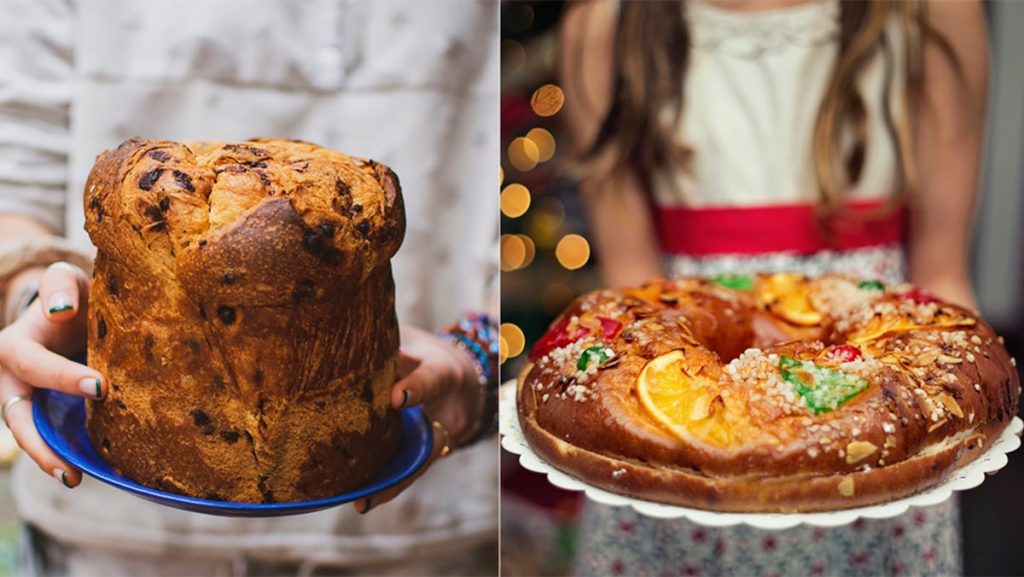In Spain, there seems to be a growing trend of artisanal panetone production, with more master bakers and pastry chefs venturing into making their own panetones. Some may fear that this increase in consumption of panetones could be at the expense of the traditional Roscón de Reyes. However, according to Felipe Román, president of Asemac, the Spanish Association of the Bakery, Pastry, and Confectionery Industry, the rise in panetone consumption is not harming the consumption of Roscón de Reyes. He states that these products do not directly compete with each other.
Asemac acknowledges that the consumption of Roscón de Reyes is becoming less seasonal, with consumption starting as early as November in stores and restaurants. Additionally, the consumption extends beyond the day of the Three Kings, often continuing throughout the month of January. As the festive season approaches, preferences for Roscón de Reyes fillings remain consistent, with cream, custard, and truffle fillings being the most popular choices among consumers. This year, there is also a noteworthy mention of marzipan-flavored fillings.
During the current holiday season, it is estimated that over 30 million Roscón de Reyes will be consumed in Spain, representing an increase of one to one and a half million units compared to the previous year. The most preferred sizes continue to be medium units weighing between 400 and 500 grams, as well as large units weighing between 750 and 1,000 grams. With the traditional Roscón de Reyes being a staple in Spanish holiday celebrations, it is clear that it remains a beloved and in-demand treat during the festive season.
While the popularity of artisanal panetones continues to rise in Spain, it appears that the traditional Roscón de Reyes still holds a special place in the hearts of consumers. The competition between these two festive treats is not a major concern, as they serve different purposes and are enjoyed in distinct ways. As the consumption of Roscón de Reyes becomes less seasonal and extends well into the new year, it is evident that this iconic dessert will continue to be a cherished part of Spanish holiday traditions for years to come. With preferences for fillings and sizes remaining consistent, the demand for Roscón de Reyes remains strong despite the emergence of new trends in holiday baking.















